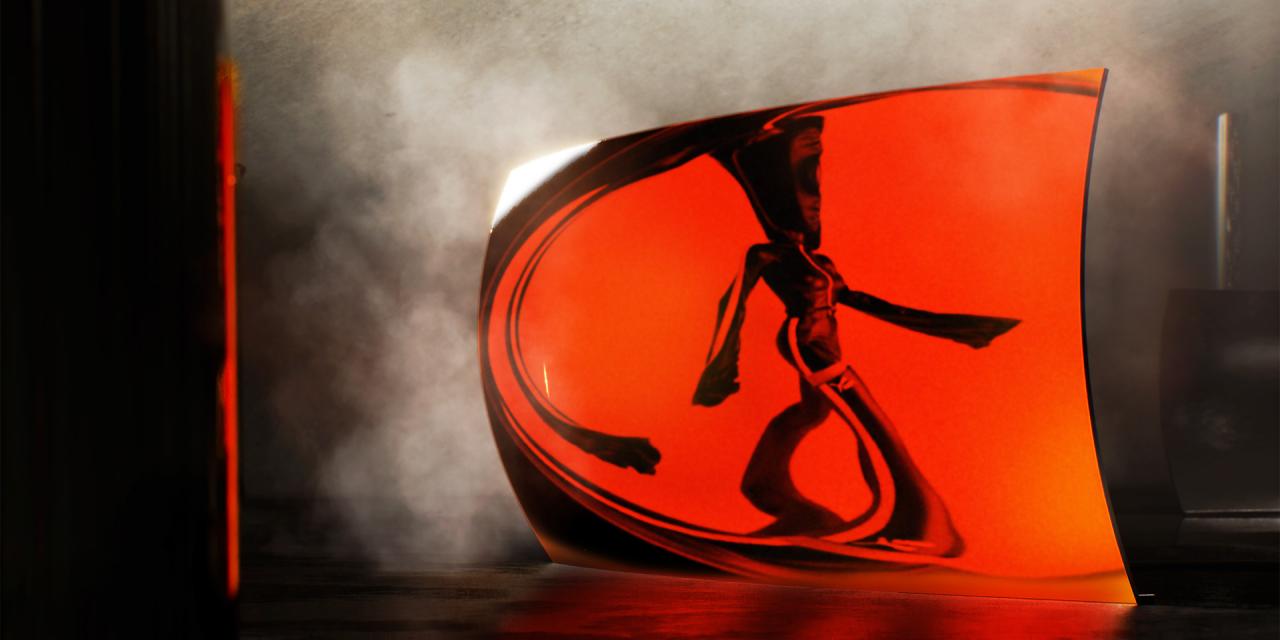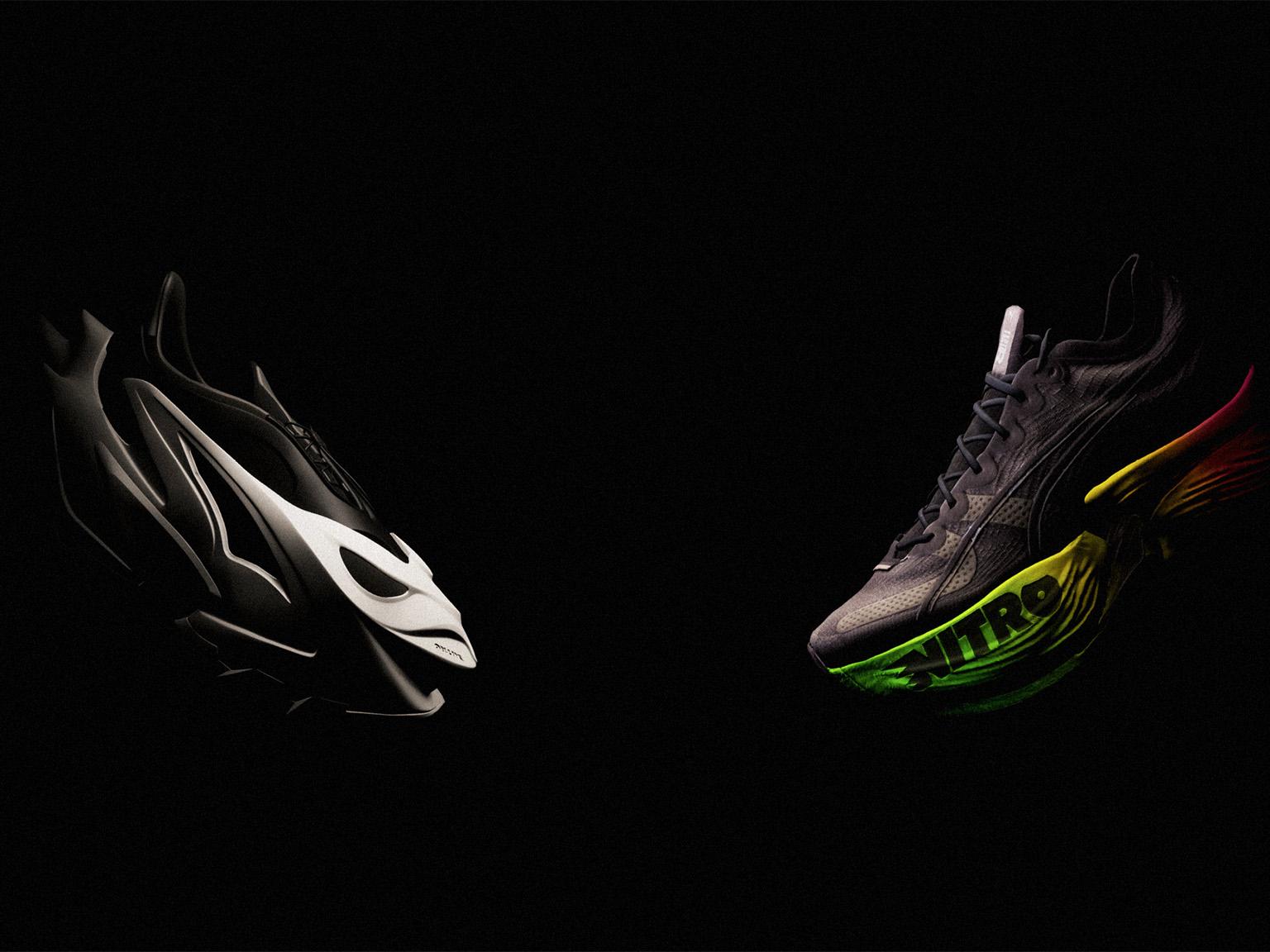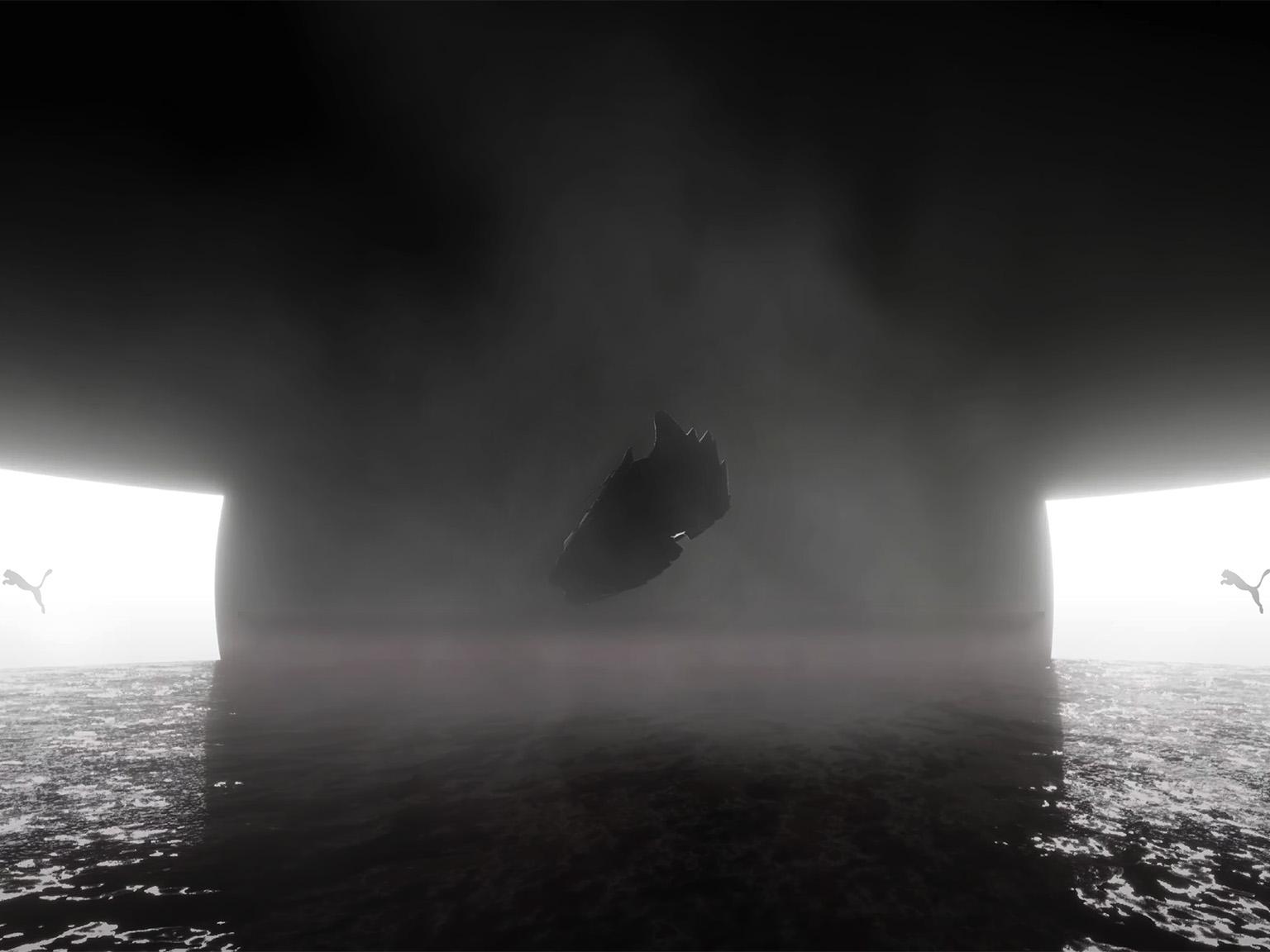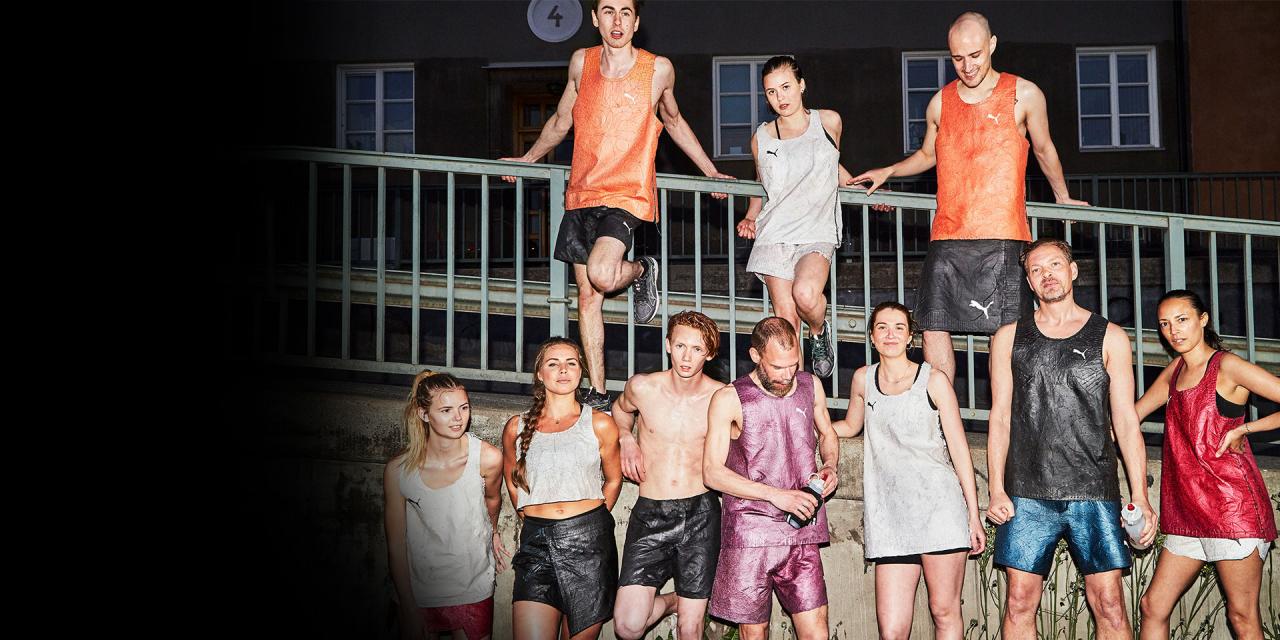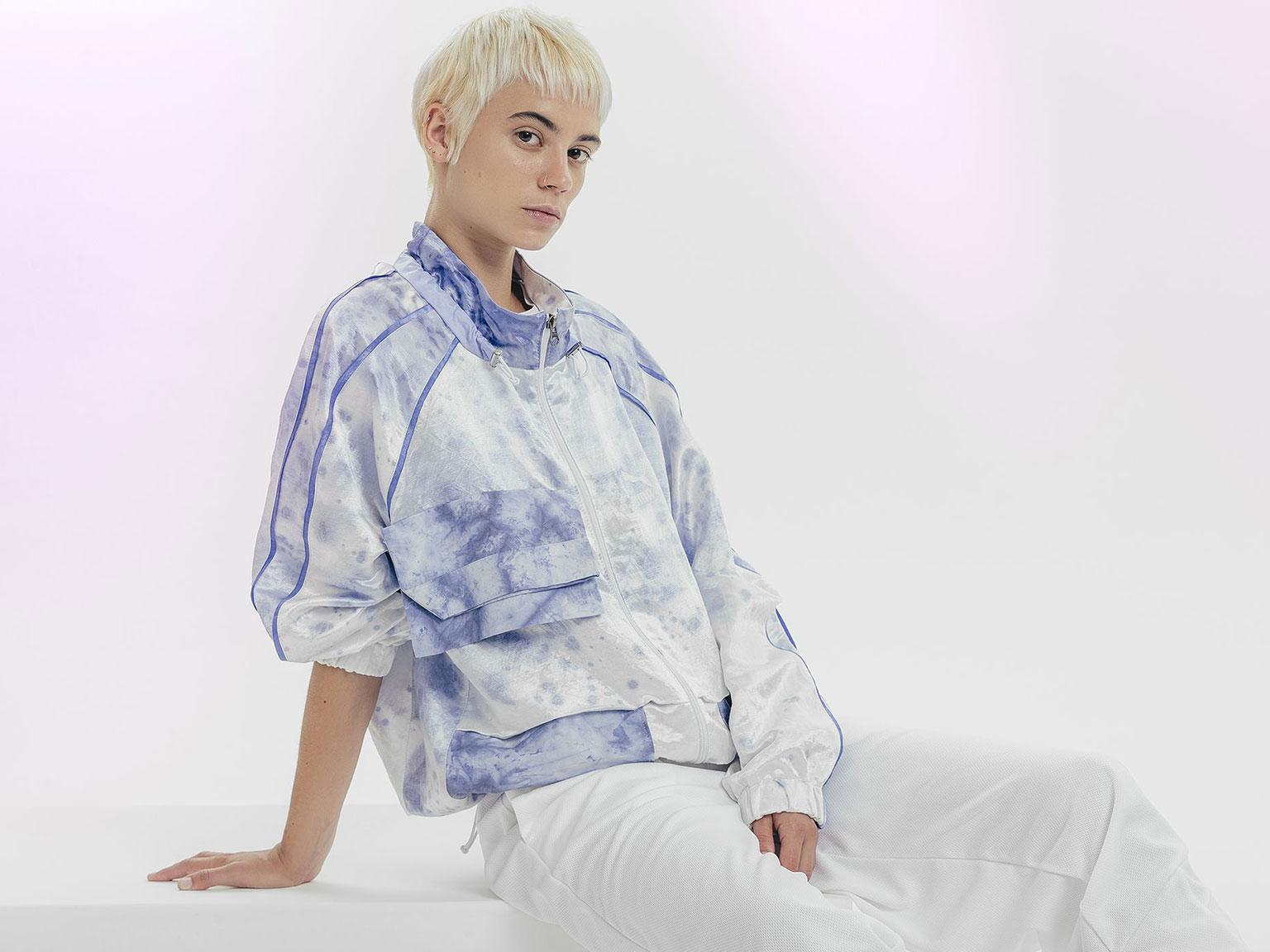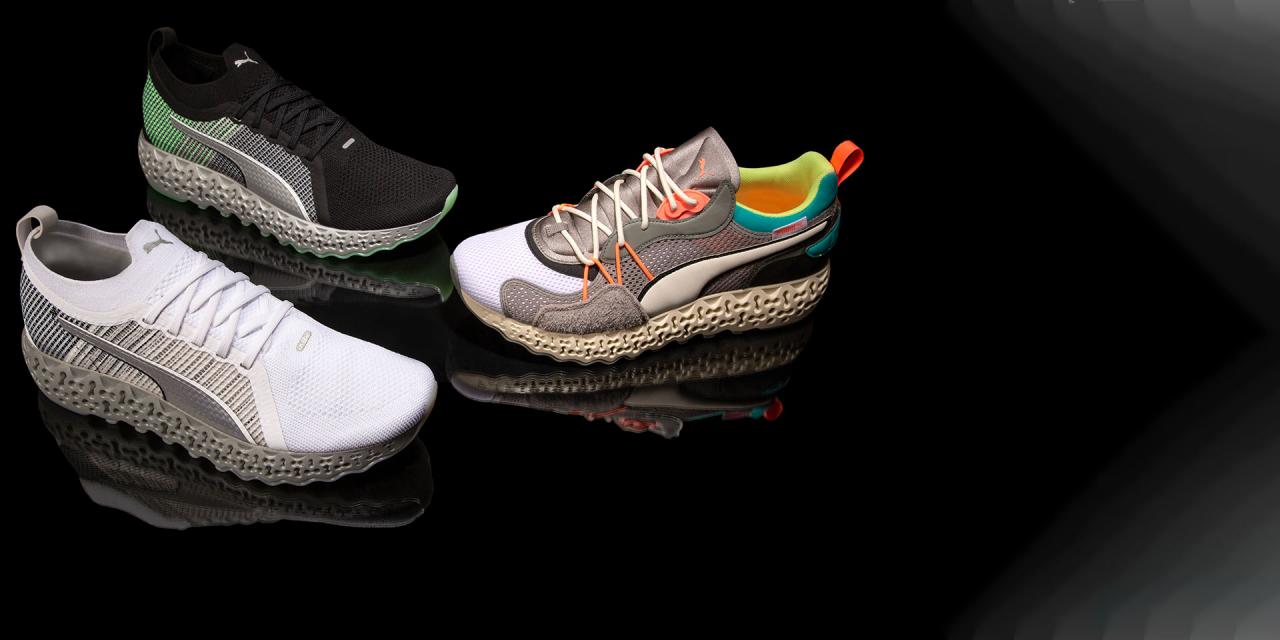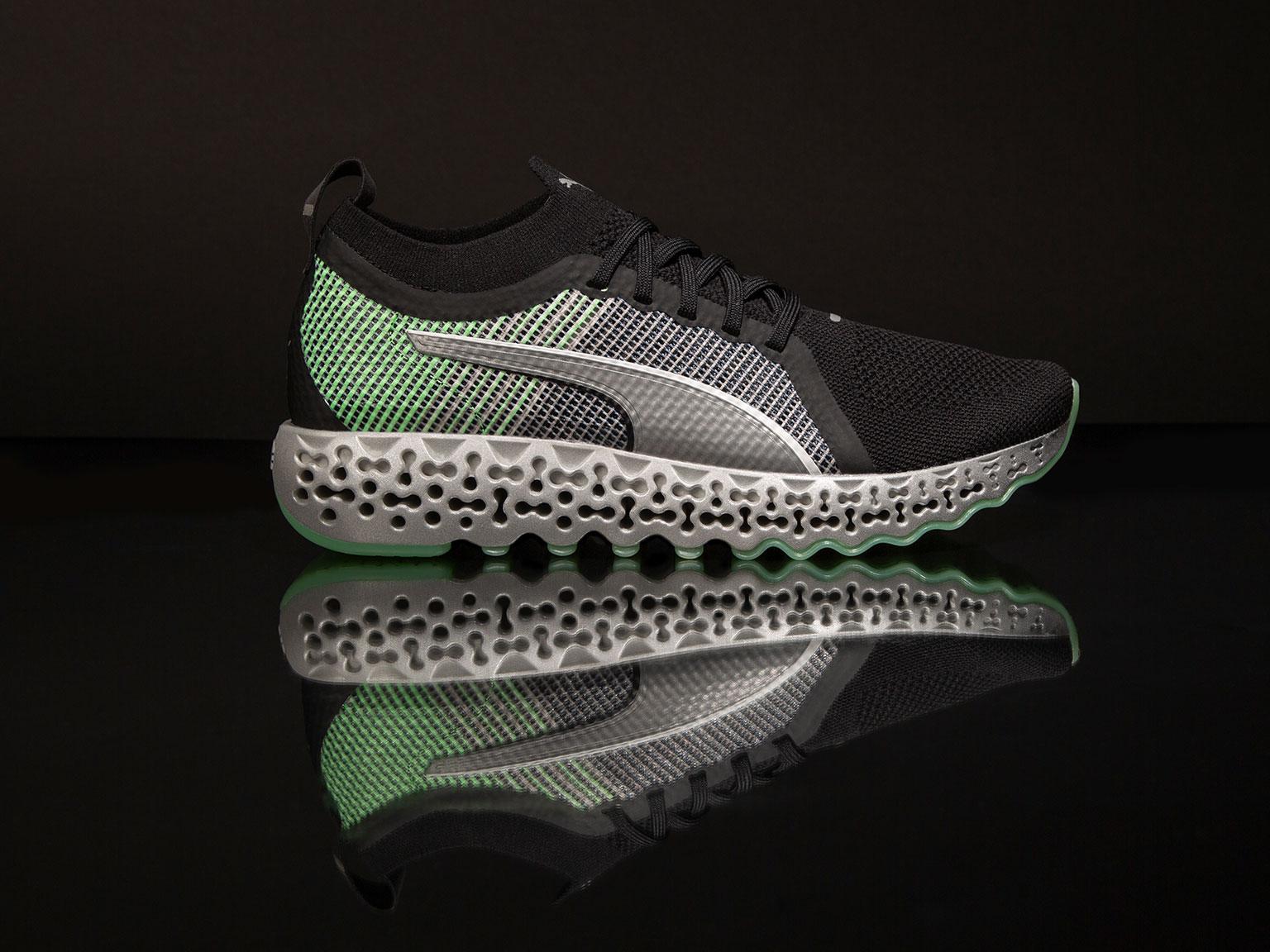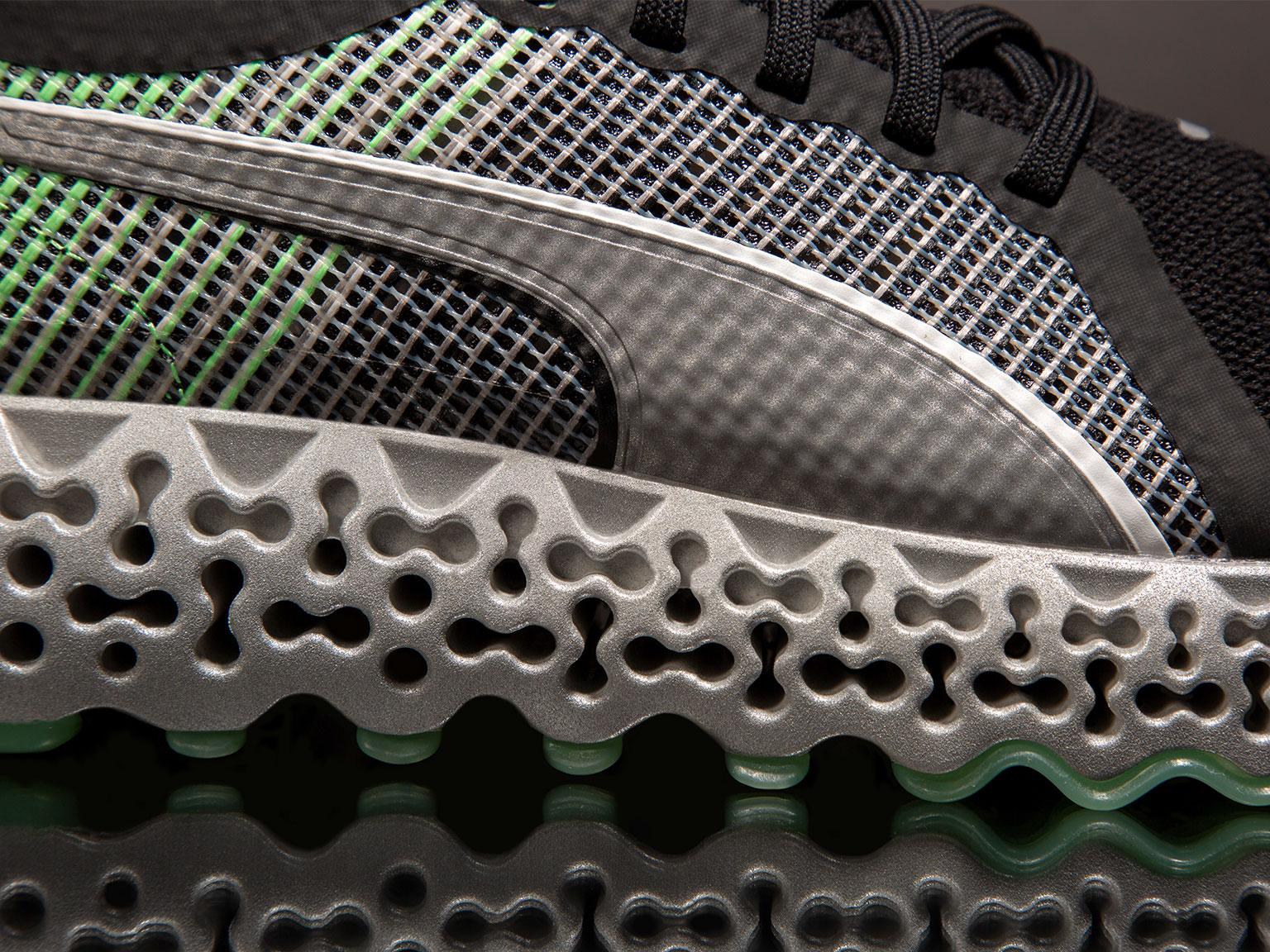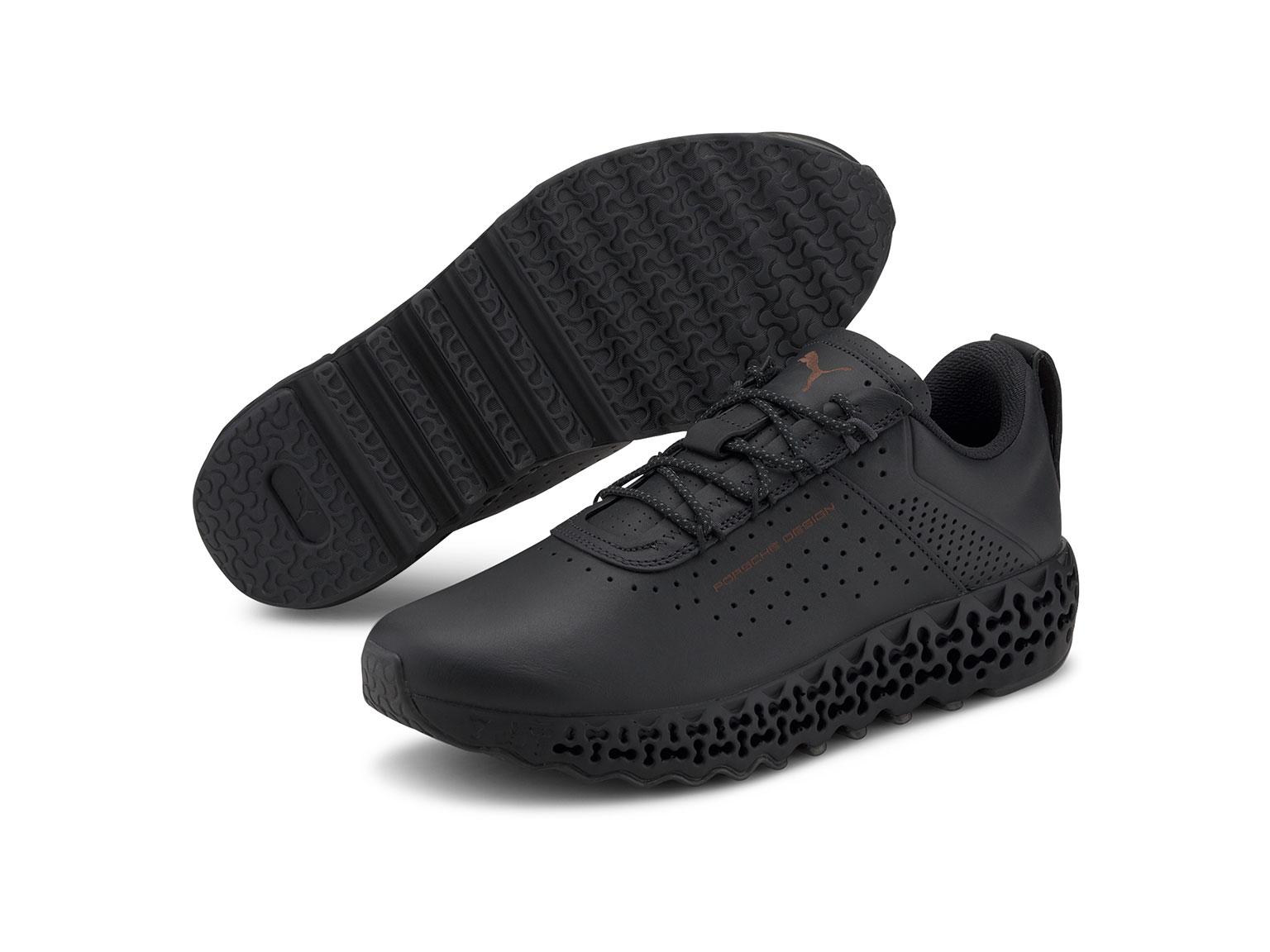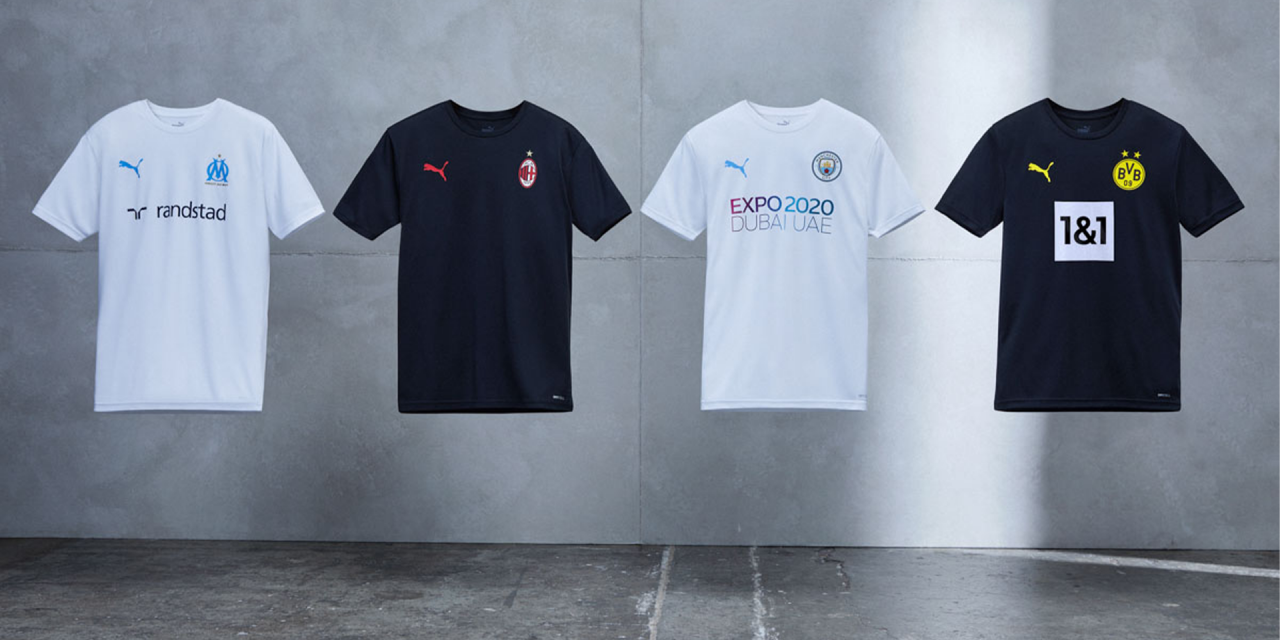
The process used in RE:JERSEY means that old garments that feature logos, embroideries and club badges, which previously hindered recycling efforts to turn old garments into new ones, can now be used. The RE:JERSEY project takes football kits as the major ingredient to create yarn for new jerseys.
In the recycling process used for the RE:JERSEY project, the garments are chemically broken down into their main components (depolymerization). Colors are then filtered out and the material is chemically put back together to create a yarn (repolymerization) that has the same performance characteristics as virgin polyester.
While PUMA’s football kits on the market today are already made from 100% recycled polyester, RE:JERSEY kits are made with 75% repurposed football jerseys. The remaining 25% comes from SEAQUAL ® MARINE PLASTIC1.
“With the RE:JERSEY project, we wanted to develop ways to reduce our environmental impact, respect resources and reuse materials,” said Howard Williams, Director Apparel Technology at PUMA. “The insights we gained with RE:JERSEY will help us develop more circular products in the future."
The products made in the RE:JERSEY project will be worn on-pitch during pre-match warm-ups by PUMA Clubs Manchester City, AC Milan, Borussia Dortmund and Olympique de Marseille. The teams will wear the jerseys ahead of their respective league fixtures in late April and May, starting with Manchester City against Watford on April 23.
The RE:JERSEY pilot experiment is part of PUMA’s Circular Lab and its Forever Better sustainability platform. As part of Circular Lab, PUMA announced the RE:SUEDE program last year, which tests, whether the company can make a biodegradable version of its iconic SUEDE sneaker.
